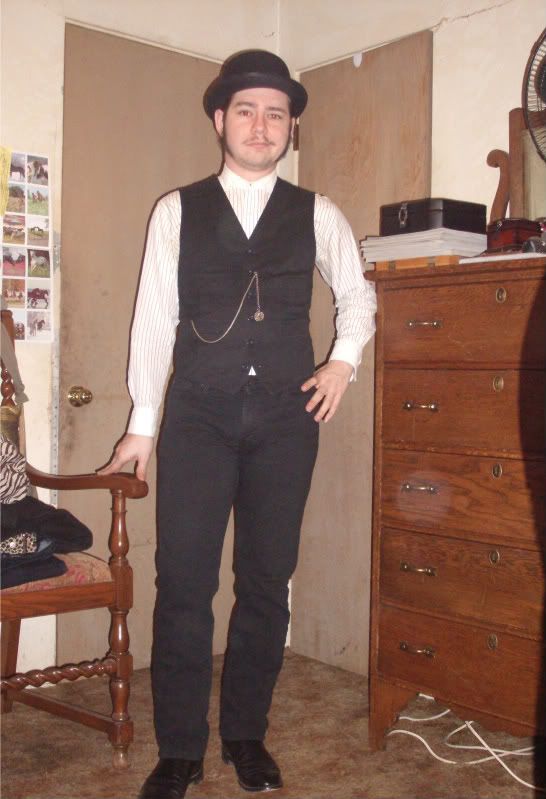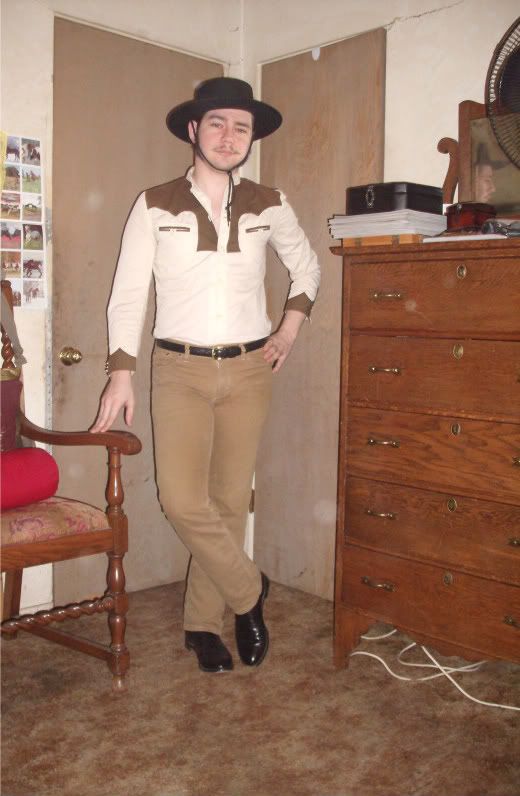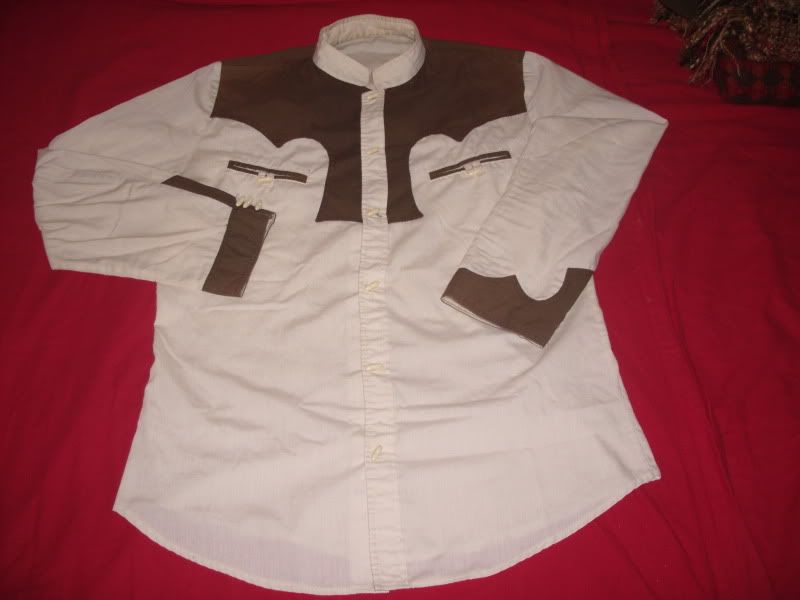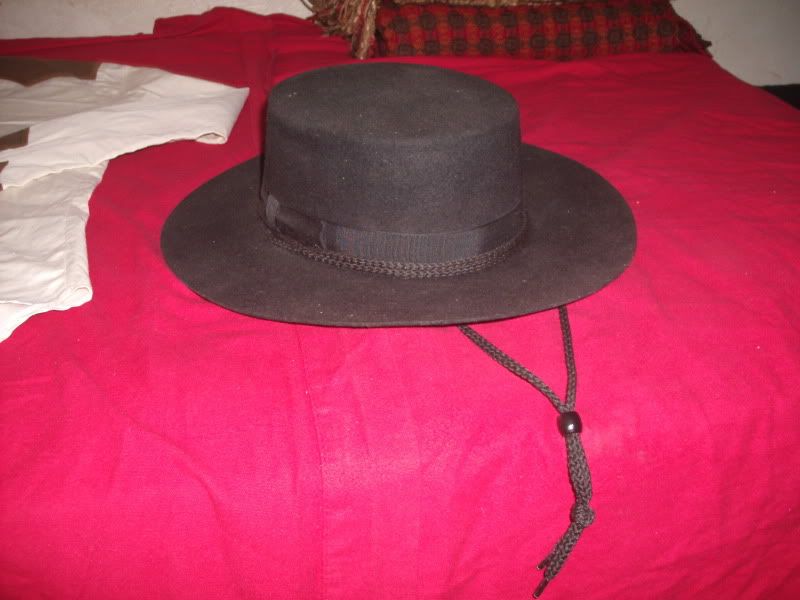Creeping Past
One Too Many
- Messages
- 1,567
- Location
- England
Highlander said:me and good Old Jake
Sorry to hear about your two losses. It's hard to lose our (mostly) silent friends.
My riding attire isn't quite as fancy as many here
Are you kidding? That's fancy and workmanlike, both at the same time. No mean feat!


















